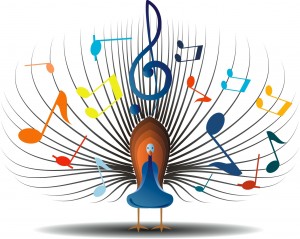A couple of months ago a thread was started in the Woodwind Forum that got me thinking. The thread’s title, Are vintage instruments practical for everyday use?, was originally referring to clarinets, but I see the question applicable to saxophones … Continue reading
Helen
Years ago a thread on the forum portion of this site prompted me to write an article for my website. It seems only fitting that since we now have a magazine-style article section for the Woodwind Forum, that I update … Continue reading
What exactly do you mean by attitude affects tone? In this promotional video for Cannonball saxophones, renowned saxophonist Don Menza, plays a Cannonball Vintage Tenor with the “Brute” finish and Lady Godiva engraving (just in case you were interested). But … Continue reading

In my May 13th post on teaching, I mentioned the psychomotor (physical) and cognitive (thinking) aspects of playing an instrument. There is a third component as well, the affective, or feeling portion of the activity. Learning is an interaction between … Continue reading
Flexibility and adaptability starts with the instructor Sure our students might want to be the next Coltrane, Getz, Mulligan, Dulfer, Koz, or maybe Kenny G. But the reality is they very likely might not be, and for the ones that are, the road … Continue reading
Yes, playing a woodwind instrument is a psychomotor skill Here are a few facts that you might find interesting: People learn only 20% of what they hear. When people hear and see something, they learn 40% of it. However people … Continue reading
One of the cornerstones of working with adult learners is that they need to see the immediate usefulness of the information, skill, knowledge, attitude, etc. they are working towards attaining. If you doubt this, just think back to the last workshop or … Continue reading
Vintage or modern saxophones: Which one should you get? Which should you avoid? My Inbox is regularly flooded with emails from people asking for advice on the purchase of a vintage horn that they’re either considering, or have just made. … Continue reading
Just what is our source of tone, and how do we change it? Our unique, individual sound originates in our chest cavities. Our internal shape, our lung capacity, and the breathing techniques we use: these are some of the key … Continue reading
